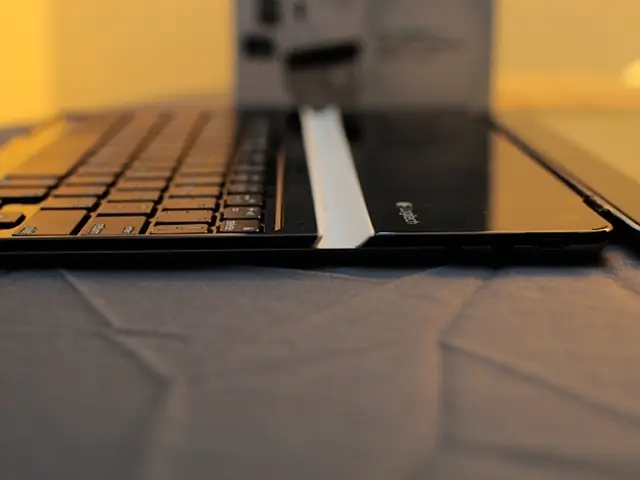G.Skill pushes DDR5 memory modules to their maximum overclocking potential, achieving DDR5-10000 speeds on a customized ASUS motherboard
The memory landscape is poised for a shake-up, as the next-generation CAMM2 memory format emerges to challenge the long-standing dominance of DIMM. CAMM2, a new memory form factor designed to replace traditional SO-DIMM and UDIMM modules, has been making waves in the industry with its potential advantages of reduced board area, lower power consumption, and simplified thermal management.
Currently, Crucial is the only company selling CAMM2 kits, specifically LPCAMM2 LPDDR5X-7500 memory modules in 32GB and 64GB capacities. However, despite being launched around mid-2024, CAMM2 modules remain scarce in the retail market.
The availability of CAMM2-compatible motherboards is even more limited. There are very few CAMM2-compatible motherboards available publicly, with only prototype or reference boards demonstrated by companies such as Asus and Gigabyte. For instance, G.Skill overclocked CAMM2 modules on a custom Asus ROG Maximus Z890 Hero CAMM2 motherboard, but these are not commercially available to consumers.
At Computex 2025, major brands like G.Skill, Kingston, TeamGroup, and Crucial showcased CAMM2 memory modules. Kingston previewed the Fury Impact DDR5 CAMM2 module, emphasizing benefits like dual-channel operation on a single card and improved design for compact systems. Kingston expects compatible notebooks and mini-ITX platforms to arrive toward late 2025, leading to wider adoption.
The wider market availability of CAMM2 modules and motherboards is anticipated around the second half of 2025 or later, as new notebooks and compact desktops integrate CAMM2 slots and as more manufacturers ramp up production. This transition from DIMM to CAMM2 may occur gradually, as the hardware industry adjusts to the new memory format.
The eventual transition could be significant, as CAMM2's potential benefits include improved speed and a thinner design, which could be advantageous for laptop and handheld devices. This achievement is a significant improvement over the official JEDEC specification for DDR5, which has speeds ranging from 4800 to 8800 MT/s.
The DIMM memory format, introduced with Intel Pentium processors in the early 1990s, is deeply entrenched in current hardware infrastructure. However, as next-generation computing demands, such as AI and AAA gaming, increase, memory form factors like CAMM2 may gain prominence. The potential advantages of CAMM2, such as improved speed and a thinner design, could make it a preferred choice for next-gen computing needs.
In conclusion, while the CAMM2 memory standard shows promise for better performance, efficiency, and form factor improvements, it remains mostly in the preview and early limited availability stage. Broad market availability of CAMM2 memory kits and compatible motherboards is expected by late 2025, coinciding with the launch of compatible notebook and compact desktop platforms. This transition could mark a significant shift in the memory landscape, moving away from DIMM and toward newer, faster alternatives like CAMM2.
Technology pioneers like G.Skill, Kingston, TeamGroup, and Crucial are expected to release data-and-cloud-computing compatible CAMM2 memory modules, taking advantage of its potential benefits such as improved speed and a thinner design, which could be particularly useful for gadgets like laptops and handheld devices. The wider market availability of CAMM2 memory kits and motherboards is anticipated around the second half of 2025 or later, making way for a significant change in the technology landscape, as the hardware industry transitions from the long-standing dominance of DIMM towards newer memory formats such as CAMM2.








